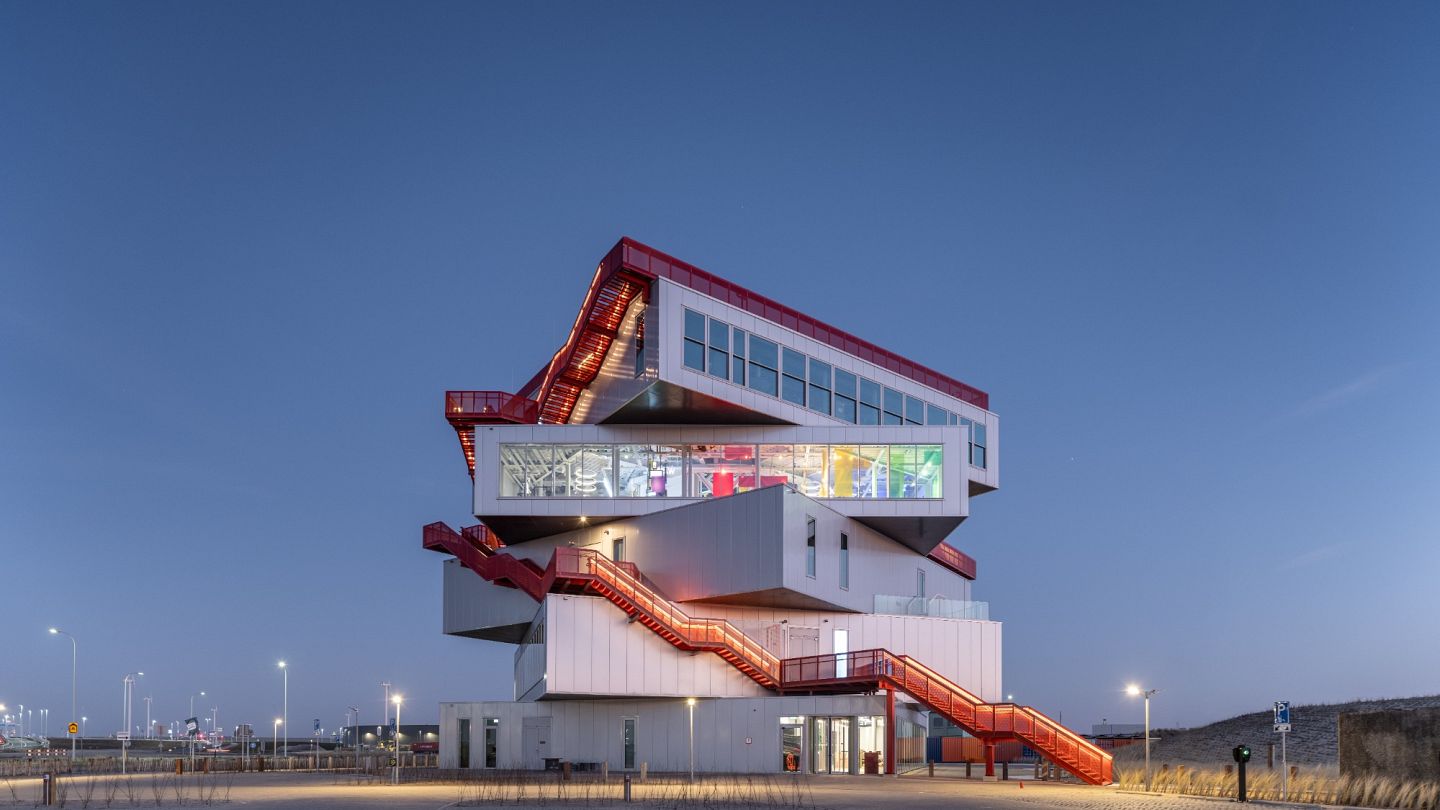
Centenarian Tortoise Welcomes Offspring for the First Time, Supporting Conservation Initiatives for the Species

Four Critically Endangered Galápagos Tortoises Hatch at Philadelphia Zoo: A Milestone for Conservation
In a significant milestone for wildlife conservation, the Philadelphia Zoo has announced the hatching of four Western Santa Cruz Galápagos tortoises, a critically endangered subspecies of these iconic creatures native to the Galápagos Islands off Ecuador’s coast. This event marks the zoo’s first successful breeding of this subspecies in its 150-year history, providing a much-needed boost to a species facing an uncertain future.
A Historic First for “Mommy” the Tortoise
Among the many impressive details of this event, the most touching is the identity of the mother: a 100-year-old tortoise endearingly called “Mommy.” A resident of the Philadelphia Zoo since 1932, Mommy is the oldest animal in the zoo. Her long and serene presence has enchanted generations of visitors for over nine decades.
Previously, Mommy’s genetic lineage was absent from the captive population of her subspecies in the U.S. Her contribution of viable offspring not only brings new life but also vital genetic diversity, establishing her as a conservation champion in her own right. Dr. Jo-Elle Mogerman, President and CEO of the Philadelphia Zoo, noted that nearly every guest over the past 92 years has likely had the joy of encountering Mommy during their visit.
The Role of Breeding Programs
This successful breeding was facilitated in part by the Association of Zoos and Aquariums (AZA) Species Survival Plan (SSP), which strives to maintain genetically diverse and healthy populations of endangered species in accredited facilities. In 2020, the SSP suggested moving a male tortoise named Abrazzo to the Philadelphia Zoo as a potential partner for Mommy. Their successful union has now provided renewed hope for their species.
Presently, only 44 Western Santa Cruz Galápagos tortoises exist in U.S. zoos, making the birth of these new hatchlings essential. Their arrival increases this number to 48, representing nearly a 10% rise in the zoo-based population.
Controlled Incubation and Gender Determination
The tortoise hatchlings—each weighing around 70–80 grams—began emerging from their eggs on February 27. Interestingly, the zoo’s reptile and amphibian team managed to influence the hatchlings’ gender by carefully controlling the incubation temperature. Galápagos tortoise embryos become males or females based on the temperature of their nests: incubation below 82.4°F yields males, while temperatures above 85.1°F typically produce females.
Of Mommy’s 16 eggs, eight were incubated to yield females, and the other eight were intended to produce males. Thus far, all four hatchlings that have emerged are females. More eggs are being monitored, with the possibility of hatching over the coming months, as incubation for Galápagos tortoises can last up to eight months.
Community and Conservation Impact
The birth of these young tortoises resonates far beyond Philadelphia. Conservationists nationwide have commended the zoo’s achievement not only for its scientific advancements but also for the optimism it brings. Ashley Ortega from the Gladys Porter Zoo in Texas highlighted the groundbreaking nature of this hatching, describing it as an accomplishment that felt “seemingly impossible.”
“This is a lifeline for a species critically in need of conservation,” stated Lauren Augustine, the Philadelphia Zoo’s Director of Herpetology and Birds. “Mommy’s offspring now possess her previously unrepresented genetic material, which significantly enhances the genetic pool.”
Future Plans for the Hatchlings
The tortoises will stay at the Philadelphia Zoo for at least the first five years of their lives. Afterward, the AZA and zoo officials will devise long-term plans, possibly relocating some to other accredited zoos as part of future breeding programs. For the time being, visitors can meet the young tortoises starting April 23—a date that coincidentally marks the 93rd anniversary of Mommy’s arrival in Philadelphia.
Updates, including public naming contests and hatchling milestones, will be shared on the Philadelphia Zoo’s official website and social media platforms.
Why It Matters
Galápagos tortoises are among the most iconic endangered species on the planet, long linked with evolutionary research and ecological balance. The Western Santa Cruz subspecies is particularly vulnerable due to past exploitation, habitat loss, and the introduction of invasive species in its native environment.
Small triumphs like this one underscore the tremendous potential of properly managed captive conservation efforts. They provide second chances not only for individuals like Mommy but for entire species striving to survive amid ecological challenges.
As we celebrate these four tiny lives, we’re reminded of the delicate yet powerful ways human intervention can help restore equilibrium in the natural world—and how each success story contributes to the global movement toward biodiversity preservation.